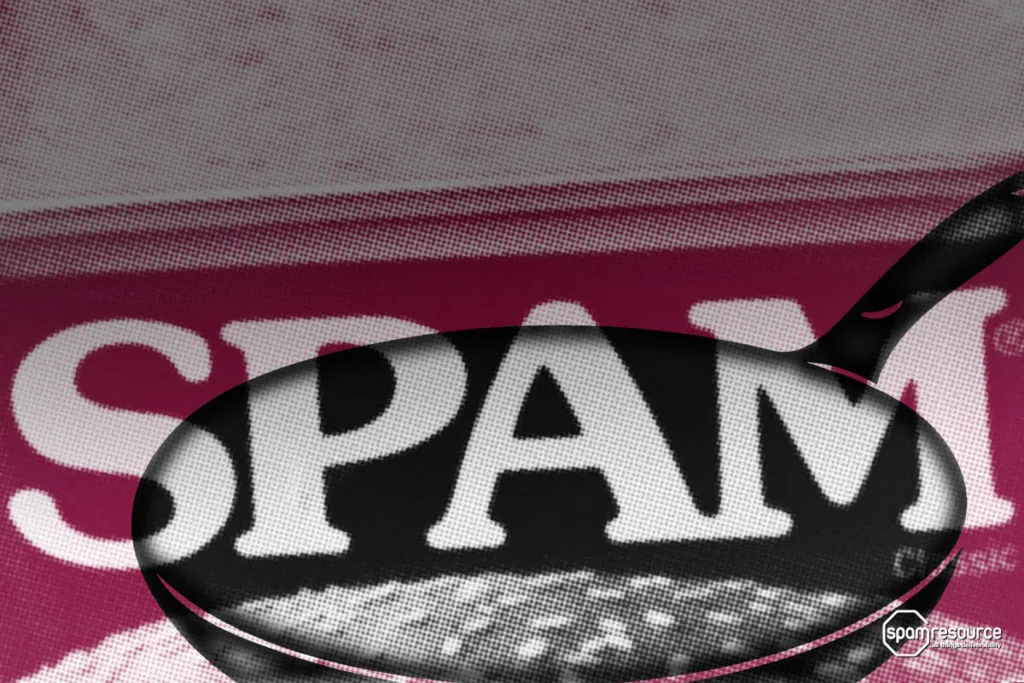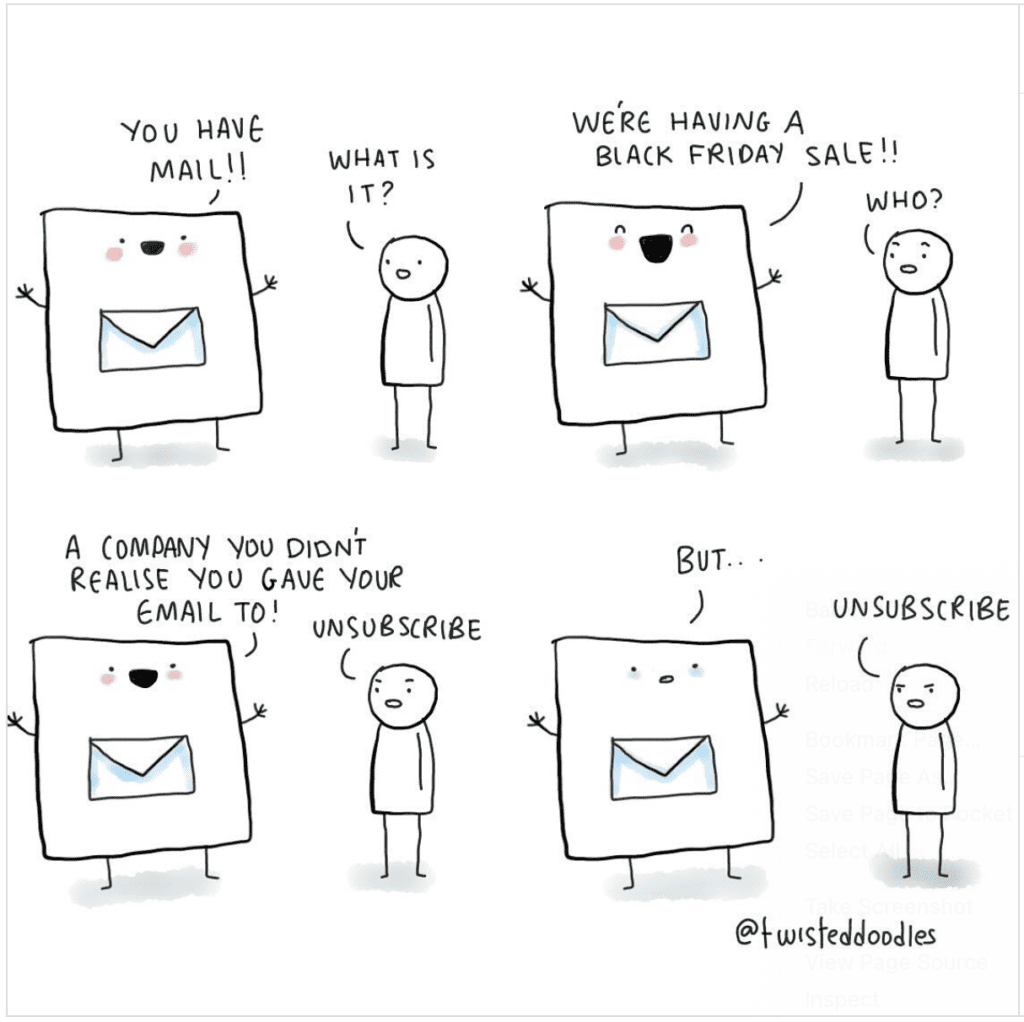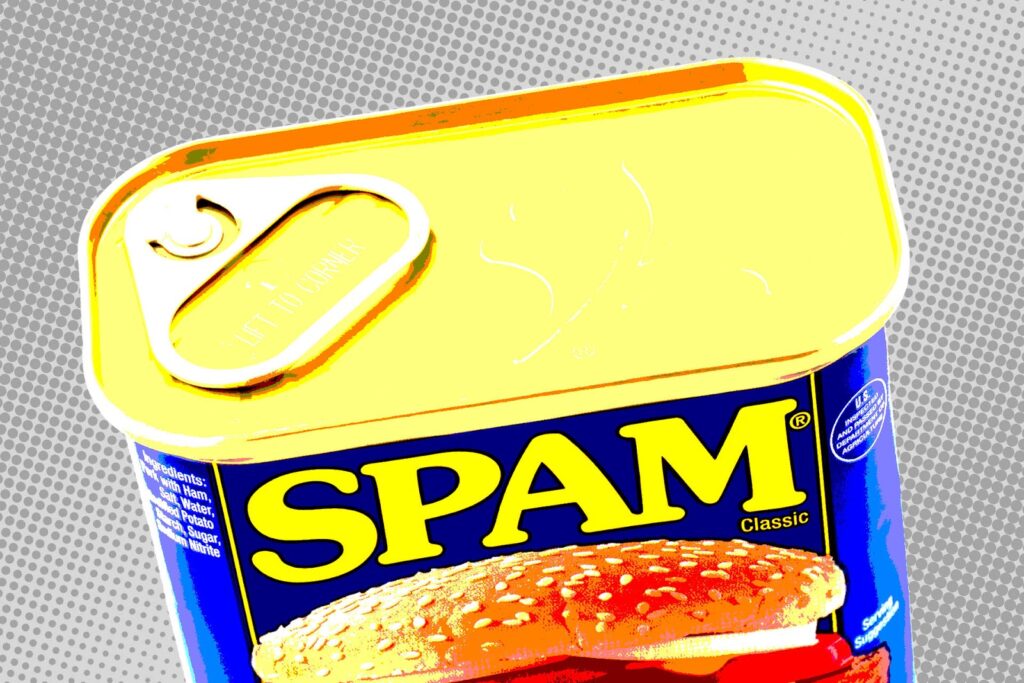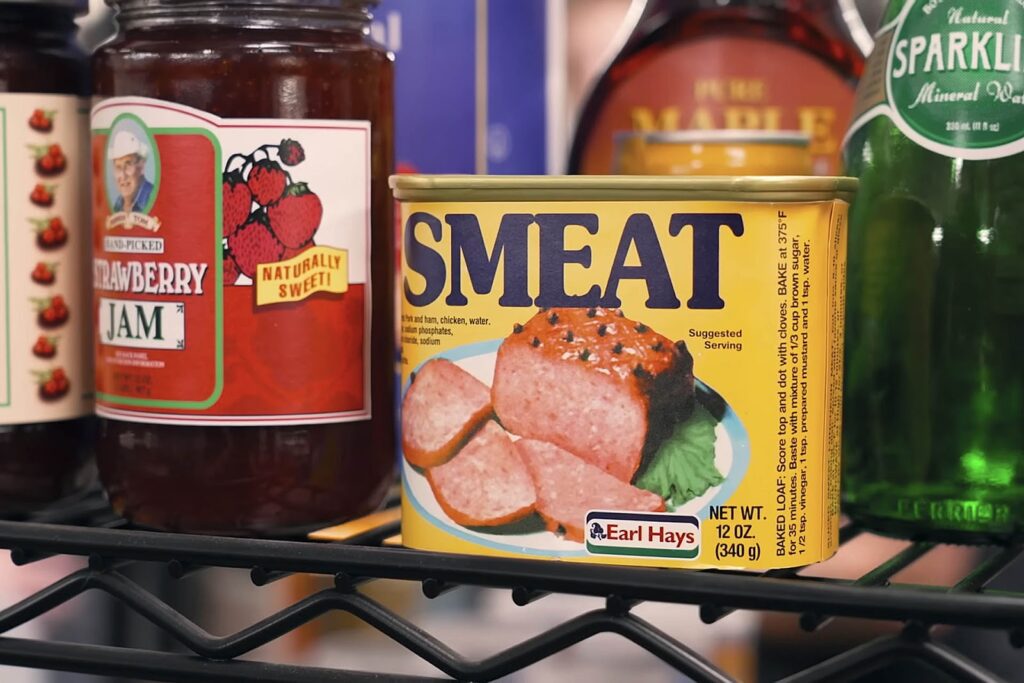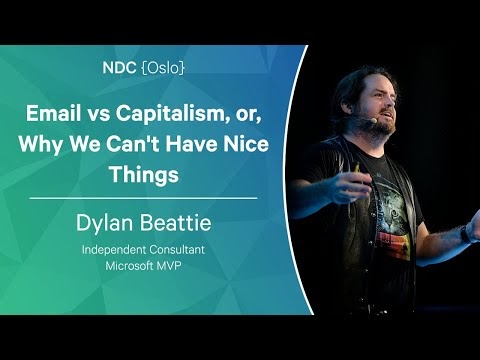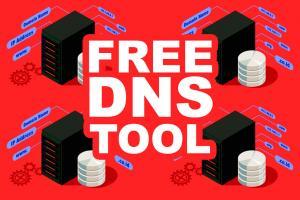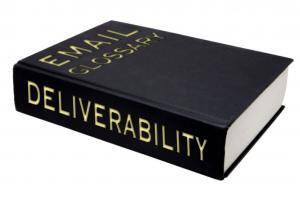spam
Six years ago today I wrote here “Spam isn’t going away“, talking about systemic problems at Google, Cloudflare and Amazon and in India. If I were writing it today I might mention Microsoft, Salesforce and ExactTarget as well as Google, and might stress Amazon less (mostly because all the Amazon spam sites tend to be hidden behind Cloudflare, so you don’t know they’re Amazon sites). And OVH, of course. But the gist of the story hasn’t changed in six years, and the conclusion is as valid today as it was then: There will be increasing volumes of B2B spam being sent for the foreseeable future, and there doesn’t seem to be much we can do to change that. If your career involves filtering inbound spam – consumer, smb or enterprise – it seems your skills will be in demand for a long while yet.
Yes, I do have various Google alerts set up watching for food-related spam articles. Or SPAM, in this case! Without those alerts, I wouldn’t have stumbled across this deliciously described spam fried rice recipe courtesy of the Recipe Critic. A simple combination of pan-fried spam, fluffy rice, eggs, and veggies, it seems very much like your typical fried rice recipe, but the addition of the diced, salty SPAM luncheon meat kicks things up a notch and this one is going on my “gotta try this” list immediately. Spam Fried Rice Recipe | The Recipe Critic
As the fight against spam emails rages on, Google has recently introduced its latest defense mechanism in the form of RETVec. The Resilient and Efficient Text Vectorizer for Gmail is an advanced multilingual anti-spam tool that blocks unwanted or predatory emails in an upgrade to the conventional mechanisms. In this blog, we shall take a closer look at this tool and its implications for you as a marketer. Let’s dive in. RETVec: Revolutionizing your inbox game Gmail uses text classification models to detect and prevent phishing, spam content, or scam. As soon as the models identify these texts, they block and filter out the malicious email content to your spam folder. However, these machine learning models can struggle with this identification if cyberattackers use typos, invisible characters, and non-Latin characters to bypass the classifiers (e.g. they spell “coupon” as ©oμpΟn or “Offer” as O 𝑓 𝑓 er). If, let’s say
As the fight against spam emails rages on, Google has recently introduced its latest defense mechanism in the form of RETVec. The Resilient and Efficient Text Vectorizer for Gmail is an advanced multilingual anti-spam tool that blocks unwanted or predatory emails in an upgrade to the conventional mechanisms. In this blog, we shall take a closer look at this tool and its implications for you as a marketer. Let’s dive in. RETVec: Revolutionizing your inbox game Gmail uses text classification models to detect and prevent phishing, spam content, or scam. As soon as the models identify these texts, they block and filter out the malicious email content to your spam folder. However, these machine learning models can struggle with this identification if cyberattackers use typos, invisible characters, and non-Latin characters to bypass the classifiers (e.g. they spell “coupon” as ©oμpΟn or “Offer” as O 𝑓 𝑓 er). If, let’s say
Meanwhile… I apparently gave chess.com an email address in 2007 – probably due to a client engagement? I don’t know. I unsubscribed from their mail at some point as there has only been one email from them between 2010 and 2021. Maybe this time they’ll actually unsubscribe me.
Madighan Ryan, writing for EarthTalk, ponders the question — what impact does email spam have on the environment? After all, all that server time to process, filter and reject unwanted messages takes electricity and power isn’t free, in the terms of either money or environment consequences. Read more here.
Here’s the tiniest bit of happy news after a week of FTC compliance actions, DNS downtimes and blocklist glitches: Hormel, makers of the beloved food known as SPAM, have kindly donated more than a million dollars worth of the stuff to help Maui wildfire victims. Here’s coverage from NBC News and here’s an announcement from Hormel themselves.
Yum! Is it as delicious as it looks? Alas, we likely will never know, as it it is not real. It’s SMEAT, the fake prop meat product originally created for the movie Waterworld and later re-used in many, many other TV shows and movies.Thankfully, there’s a website where you can learn more about SMEAT: smeat.net. And where did I get this glorious screen capture? From this Youtube video: Adam Savage’s Tested: What’s Wrong With These Products? There’s fun to be had here, whether you’re a fan of movies, graphic design, or just spiced ham and pork products. Hopefully all of the above, like me. Please enjoy.Come to think of it, if the cans of SMEAT were originally made as props for a movie released in 1995, that means that they were probably created in 1994, and if they started out life as real cans of SPAM, and if those cans
Here’s a fun overview of the history of email and spam, if you’re looking for such a thing. I could pick a nit here and there about certain points, but this presentation from Dylan Beattie works well as a solid overview. Enjoy.I do need to point out, just for the record, that it is indeed possible to send mail from cloud services like Google Cloud and AWS. I have servers in both. Indeed, the Spam Resource email newsletter is generated from within a Google Cloud server. But Dylan’s meant to be explaining the usual way things work, not potential workarounds and exceptions. (By the way, if you would like to be able to relay mail out through AWS or Google Cloud, just for hobbyist or personal use, drop me a line — maybe I can help.)[ H/T: Jonathan Shusta ]
These last few years have been something, huh? Something had to give and, in my case, that something was blogging. There were a number of reasons I stopped writing here, many of them personal, some of them more global. I will admit, I was (and still am a little) burned out as it seemed I was saying and writing the same things I’d been saying and writing for more than a decade. Taking time off has helped a little bit, as much to focus on what I really want to talk about. It helps, too, there are a lot more deliverability resources out there than when I started. I don’t have to say it all, there are other voices (and perspectives!) that are adding to the collective understanding of delivery. That’s taken some of my (admittedly internal) pressure off from having to write about specific things to explain, educate and


